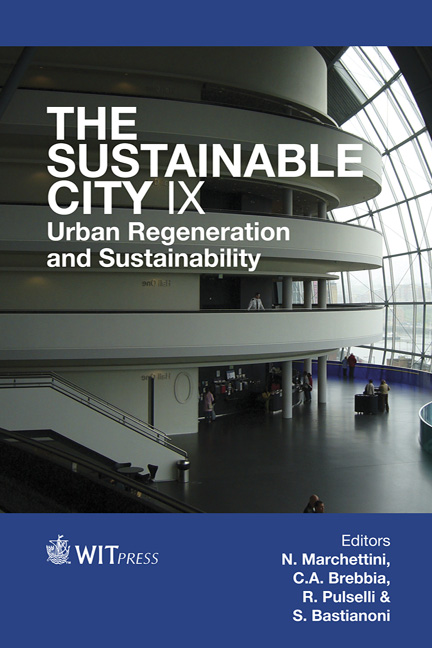Planning Criteria For Water Sensitive Urban Design
Price
Free (open access)
Transaction
Volume
191
Pages
13
Page Range
1579 - 1591
Published
2014
Size
1,250 kb
Paper DOI
10.2495/SC141342
Copyright
WIT Press
Author(s)
M. I. Rodríguez, M. M. Cuevas, G. Martínez, B. Moreno
Abstract
The densification of cities, which occurred during the twentieth century, has caused ‘soil sealing’, leading to numerous irreversible environmental impacts such as soil degradation, reduction of biodiversity, the increase of temperature and the ‘urban heat island’ effect. Another important consequence is the increase in run-off flows and associated problems in the sanitary networks, generating spills and floods. This development is unsustainable. SUDS (Sustainable Urban Drainage Systems) have gained popularity in recent years as a way of solving this problem. They are a sequence of water management practices and facilities designed to drain surface water in a manner that will provide a more sustainable approach than what has been the conventional practice of routing run-off through a pipe to a watercourse. Street and public space design provides an opportunity to restore the environmental quality of our cities, making them better places to live. However, SUDS implementation has been often used with the single intention of mitigating the effects of ‘bad landscaping’ and there is a need to establish criteria that will improve the interaction between urban water cycles and city planning and landscaping, integrating SUDS in Urban Planning. This paper presents a set of principles that can help architects and town planners to develop a Water Sensitive Urban Design (WSUD) that will reduce environmental impacts generated by soil sealing in new and renewal landscaping. These criteria should be incorporated into planning regulations.
Keywords
Urban Planning, criteria, Water Sensitive Urban Design, Sustainable Urban Drainage Systems, SUDS





